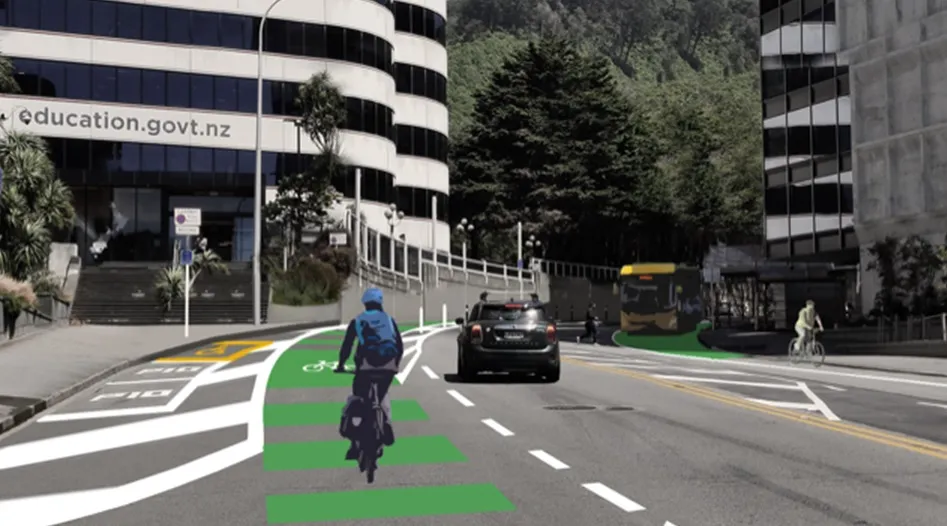The third NODES user group meeting takes place in Barcelona on 30 September and 1 October and aims to present and get the views of operators, service providers, local authorities, and end users on the ongoing work within the project.
NODES aims to build a toolbox to support European cities in the design and operation of new or upgraded interchanges, as a way to provide greater support, services and satisfaction to the travellers and users, as well as to interchange operators and those societal and economic actors depending on the efficiency of interchange operations.
Many European cities are substantial development and upgrading activities of interchanges under the NODES project, including Reading and Birmingham in the UK, Toulouse and Rouen, France, Thessaloniki in Greece, Budapest in Hungary, the Netherlands and Osnabruck in Germany.
A draft list of tools was discussed at the last meeting; the third meeting provides an opportunity to focusing on two of the five NODES topics: Integrated land use and infrastructure planning and Interchange design Connecting People to Places. For each of these topics, a selection of tools will be presented in more detail and a NODES demonstration site will give feedback on the tool application. The meeting will also be the opportunity to discover and assess the NODES toolbox through a case study.
Third NODES user group meeting
The third NODES user group meeting takes place in Barcelona on 30 September and 1 October and aims to present and get the views of operators, service providers, local authorities, and end users on the ongoing work within the project.
September 1, 2014
Read time: 2 mins










